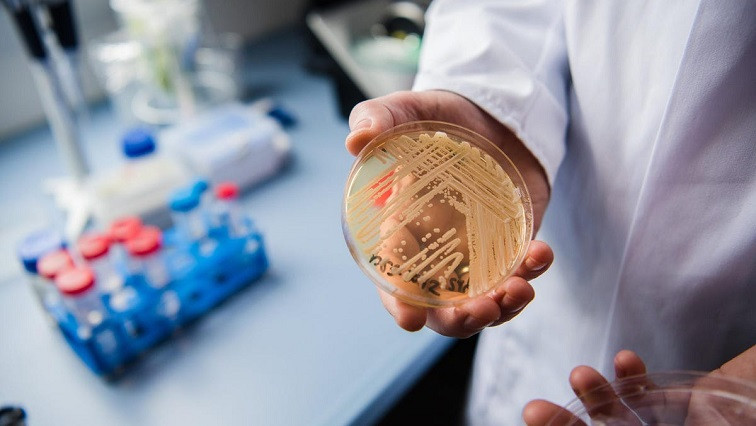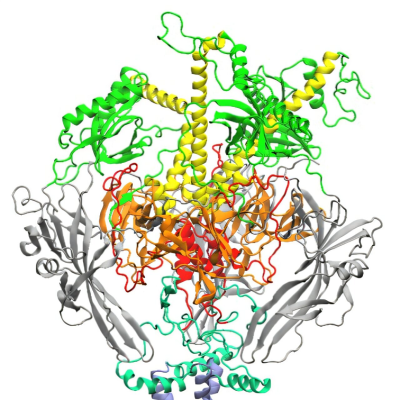Researchers built the new treatment strategy on their in-depth study of the overexpression of metalloproteinase 3 (MMP-3). According to a review in the Cell Molecular Biology journal, this is an enzyme in humans encoded by the MMP-3 gene and belongs to the same enzyme group involved in the remodeling of the connective tissue in biological processes.
Researchers examined MMP-3 in infectious microenvironments and secreted protein acidic and rich in cysteine in target cells. The new bioresponsive MTN system is detailed in the report "Bioresponsive Micro-to-Nano Albumin-Based Systems for Targeted Drug Delivery Against Complex Fungal Infections," appearing at the Acta Pharmaceutica Sinica B journal.
The Challenge With C. neoformans
According to the Centers for Disease Control and Prevention (CDC), C. neoformans is a fungal species found in environments worldwide. People become infected after breathing the microscopic fungi, although the CDC notes that it does not cause any illness in most people, unless with weakened immune system, such as those who have HIV/AIDS.
As a pathogenic fungus, C. neoformans can turn into life-threatening invasive fungi with a global distribution responsible for more than 700,000 deaths annually.
Cryptococcosis, a pulmonary or disseminated infection from inhaling the fungi, is described in the study as more than a simple infection affecting multiple organs.
Both intracellular survival and extracellular replication of the invasive fungi are important in understanding the pathogenesis of C. neoformans infections.The need for an effective delivery method is important to improve success rates in treating these kinds of infections.
Devising Bioresponsive MTN System via BSA
In the bioresponsive MTN system, researchers used bovine serum albumin, or BSA, which is a natural SPARC ligand. In the 2016 Meyler's Side Effects of Drugs, BSA is often used as a protein supplement in cell culture media, a material mainly found in the circulatory system of cows but also found in the whey component of cow's milk.
In the new study, led by members of the Southwest University College of Pharmaceutical Sciences in China, researchers used BSA to prepare nanoparticles. Then, microspheres were fabricated using a special linker based on a BSA-binding peptide and a peptide responsive to MMP-3.
The lungs' smallest capillaries mechanically captured this bioresponsive MTN system after being injected intravenously. The MTN started hydrolyzing into BSA nanoparticles by the MMP-3 in infectious microenvironments.
After accumulating in the lungs, it follows the overexpression SPARC on the infected tissues; the nanoparticles can respond and target lungs, brains, and other macrophages, showing an efficient treatment process.
Furthermore, researchers report that the new MTN system is a part of a size-tunable strategy where microspheres can shrink into nanoparticles in infectious microenvironments. The system effectively combines both active and passive pathogen targeting, making it a promising alternative in the fight against fungal infections.
Read the original article on The Science Times.







